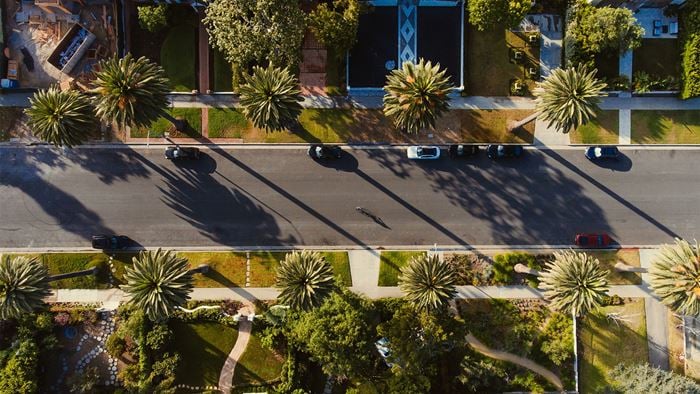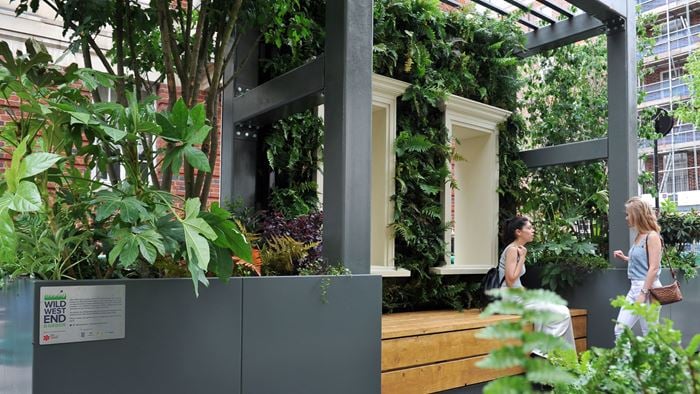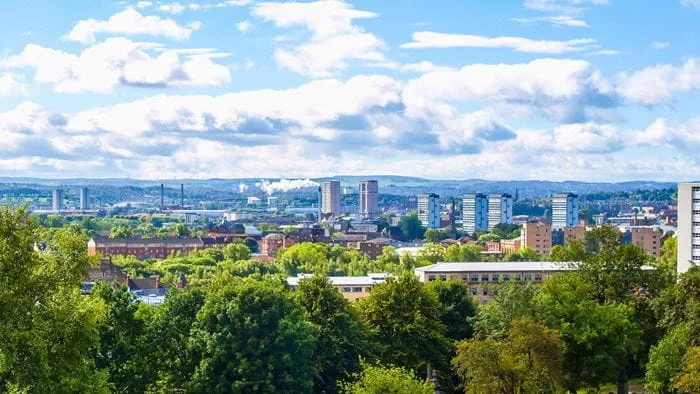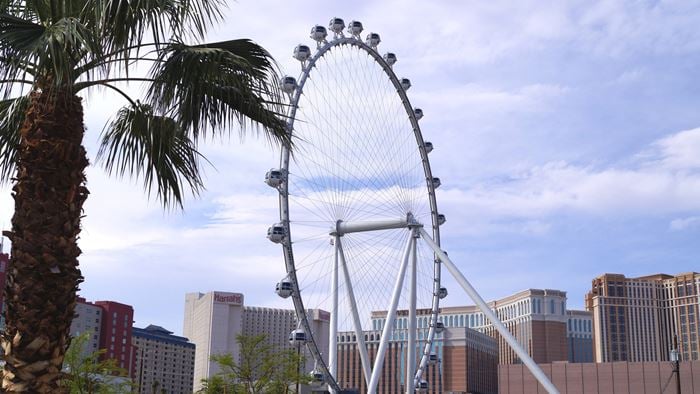Tightening regulations to reduce air pollution in cities from sources such as power plants and vehicles can be a long process. So I think that adaptive measures that clean up existing pollution should be used as a short-term solution to give people breathing space.
Roadside pollution in modern cities such as Hong Kong, Beijing, Shanghai or Milan is exacerbated by the street canyon effect. Tall buildings flanking the street change the pattern of air flow and trap pollution at street level – something that poses a particular health risk for people on pedestrian walkways.
Just how bad is the problem? In January, my colleague Chas Pope wrote about his experience of trying to run the Beijing Marathon when the concentration of PM2.5 particulate matter in the air was more than twelve times the World Health Organization’s recommended limit.
In 2013, Beijing’s Air Quality Index was higher than 200, which is classified as very unhealthy, for 58 days. And it is far from the only city in the world suffering from these problems. In Asia alone, Shanghai, Singapore and Ho Chi Minh City also regularly suffer from severe air pollution
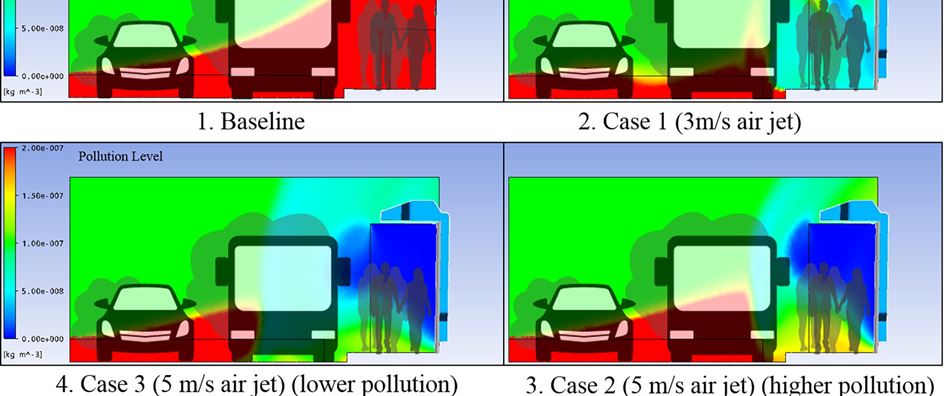
So what if you could purify the air at street level while tackling the longer-term problem of reducing emissions? That’s the question that led Arup and Sino Green to invent the patent-pending City Air Purification System and install it at Tsinghua University in Beijing for further study.
Fabricated in the shape of a bus shelter, the system draws in air at its base and passes it through a bag filter to remove fine suspended particles (PM10 and PM2.5) before emitting it through an overhead louvre.
The system builds up positive air pressure around it, with the air curtain acting as a barrier against pollutants. So people waiting at the bus stop will have cleaner air to breathe – empirical data shows an average 40% reduction in the concentration of air pollutants.
If you were waiting for a bus on a street in Beijing or another city today, I think that sort of reduction could make a big difference to you. That’s why I believe that addressing roadside pollution in this way is something that should be pursued.
How do you see such technology fitting into the fight against air pollution?
